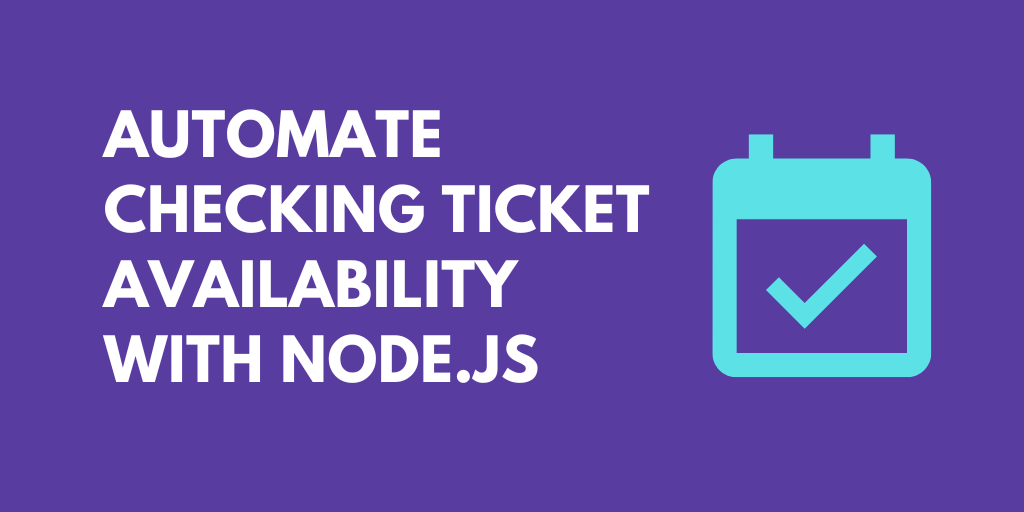What do you want to automate
with SnatchBot and Node?
Prompt, edit and deploy AI agents that connect to SnatchBot, Node and 3,000+ other apps in seconds.
Trusted by 1,000,000+ developers from startups to Fortune 500 companies
Popular SnatchBot and Node Triggers#
Emit new event when a new bot message is sent. See the documentation
Popular SnatchBot and Node Actions#
Write custom Node.js code and use any of the 400k+ npm packages available. Refer to the Pipedream Node docs to learn more.
Post a new message and receive a response from your bot. See the documentation
Overview of SnatchBot#
The SnatchBot API provides a programmatic window to SnatchBot's chatbot platform, allowing you to manage and interact with your bots outside of the SnatchBot interface. With this API, you can execute tasks like sending messages, retrieving chat history, and managing your bot's structure and behavior. When integrated into Pipedream workflows, the SnatchBot API shines in automating interactions, syncing chat data with other systems, and reacting to events with custom logic and third-party services.
Connect SnatchBot#
import { axios } from "@pipedream/platform"
export default defineComponent({
props: {
snatchbot: {
type: "app",
app: "snatchbot",
}
},
async run({steps, $}) {
return await axios($, {
url: `https://account.snatchbot.me/channels/api/api/id${this.snatchbot.$auth.bot_id}/app${this.snatchbot.$auth.app_id}/aps${this.snatchbot.$auth.app_secret}`,
params: {
user_id: `{your_user_id}`,
message_id: `{your_message_id}`,
},
})
},
})
Overview of Node#
Develop, run and deploy your Node.js code in Pipedream workflows, using it between no-code steps, with connected accounts, or integrate Data Stores and File Stores
This includes installing NPM packages, within your code without having to manage a package.json file or running npm install.
Below is an example of installing the axios package in a Pipedream Node.js code step. Pipedream imports the axios package, performs the API request, and shares the response with subsequent workflow steps:
Connect Node#
// To use previous step data, pass the `steps` object to the run() function
export default defineComponent({
async run({ steps, $ }) {
// Return data to use it in future steps
return steps.trigger.event
},
})Community Posts#
